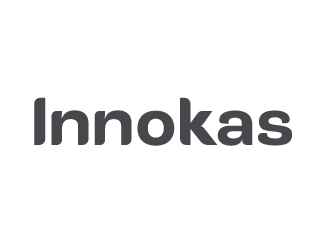We all know that our world continues to become more digitalized. But did you also know that this is happening alongside a shift in our healthcare? Patients who used to be more passive in receiving medical treatment are now becoming more and more empowered and active in their healthcare journeys. This is due in large part to our advances in technology, as well as digital therapeutics (also known as DTx). Through these, options for patient care are becoming more accessible and equitable.
But before we go further into that interesting topic, let’s get a little more familiar with DTx.
What are DTx? Are they the same as wellness apps?
In Europe, DTx are in the same family as medical device software. DTx provide a medical benefit for individual patients, and must have clinical evidence of efficacy, safety, and quality. Wellness apps, on the other hand, do not have any medical or clinical benefits, nor should they make such claims in any of their marketing materials.
Regulation and market access of DTx
Software applications with clinical benefits fall under the medical device regulations in many market areas. In Europe, DTx are covered by the EU medical device regulation (MDR) or in vitro diagnostic medical devices regulation (IVDR) and must obtain a CE mark.
While the regulations surrounding DTx may seem burdensome and difficult, with the right mindset you can make them work in your favor.
- Having an effective quality management system will help you to produce the records necessary for regulatory compliance.
- A well-defined software development process will support agile development and iterations. For example, clear documentation guidelines and tools for automated evidence generation can make it easier to maintain traceability.
By incorporating quality and traceability into your DTx development, you can gain business advantages through reduced SW failures and increased user trust. There may also be competitive advantages to developing a DTx instead of a wellness app: they are eligible for reimbursement in some countries, such as Germany (DiGA), France, Belgium, Switzerland, the US, and Australia. The reimbursement frameworks are continuing to develop, meaning we can expect more countries to join that list.
DTx: A game-changer for home health?
DTx offer a means to monitor and treat patients outside of the healthcare setting, allowing patients to be treated in the privacy of their own homes. Besides this added convenience, this also allows the treatment via DTx to reach populations that may not have access to one-on-one services, for example those located in remote areas or who have limited mobility. Overall, this improves the accessibility and equality of treatment.
There is also the cost benefit of shifting care away from the healthcare setting. With treatments and monitoring occurring via the app, in partnership or under the supervision of a healthcare provider, there may be fewer visits to the hospital or healthcare clinics. This can decrease the burden on healthcare resources, while also improving the quality of life for aging populations and those with chronic illnesses.
DTx present exciting opportunities for improving patient care, enabling patient empowerment, and reducing the burden on healthcare systems. If you are developing a DTx, or are interested to do so, our experts at Innokas would be happy to discuss your options and help you plan the road to success!
Authors

Sandra Hänninen
QARA Specialist

Mari Huusko
QARA Specialist
mari.huusko@innokas.eu











